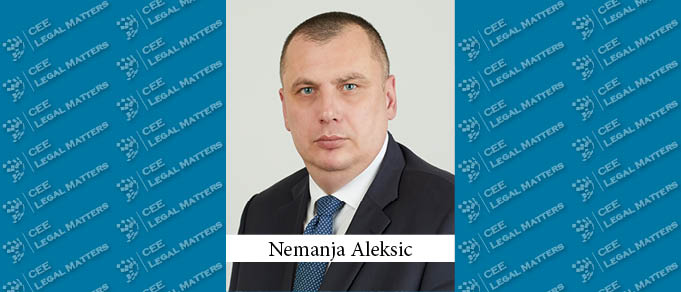Serbian Bankruptcy Law allows only bankruptcy proceedings of legal entities; unlike in many European countries, natural persons, entrepreneurs, and farmers cannot be subject to a personal bankruptcy proceeding.
Currently, facilitating a natural person’s debtor position is achieved through protective mechanisms such as an interim delay of enforcement or prohibiting enforcement on the only property he or she owns, as natural persons settle disproportionately smaller claims arising from utilities. Enforcement delay is possible under certain conditions - upon request of the debtor, who may, one time during the proceedings, “for especially justified reasons,” request it from the public executor, upon a showing that enforcement could cause him or her to suffer irreparable harm or damages that are difficult to recover. However, delayed enforcement in one procedure does not prevent other creditors -- or the same creditor – from initiating new enforcement procedures over the debtor’s property. In addition to procedural mechanisms, substantive law also protects the debtor – for example with the prohibition of anatocism (contracting compound interest), or the creation of a moratorium (allowing a delay in repayment, based on an agreement with the bank).
Natural persons with income and assets insufficient to settle claims increased by default interest, may, despite making partial debt repayments, remain in perpetual debt because of the rule of interest calculation, which prescribes that if the debtor owes interest and expenses in addition to the principal, calculation is made by payment of expenses first and then the interest and principal. In civil law there is no absolute statute of limitations, which significantly complicates debtors’ positions. It should be noted that even during a delay of enforcement, default interest continues to accrue, so debt which the debtor could not previously settle increases even more. For example, a debt of EUR 100,000 would increase to EUR 140,014.95 after five years of delay.
As a result, additional protection of these debtors is needed through the institute of personal bankruptcy, the essence of which is reprogramming and a partial release of debt, as well as avoiding the seizure of their personal property via enforcement procedure.
A comparison of the position of insolvent legal entities with the situation of over-indebted natural persons reveals the necessity of introducing personal bankruptcy in our legal system. Many legal consequences and mechanisms of bankruptcy proceedings, such as the prohibition of individual enforcement, cessation of interest calculation, and redefining of debt-creditor relations under a reorganization plan create a better position for legal entities, so denying the same benefits to natural persons is not justified.
The idea of a new financial start for over-indebted citizens with personal bankruptcy is morally and socially acceptable. This is achieved by releasing them from their remaining obligations. After the end of the bankruptcy proceedings, which last from three to five years, and during which, under the supervision of the commissioner, the debtor settles part of his or her obligations, the debtor is released from all remaining debts. Allowing consumers to declare personal bankruptcy would provide a better solution for the problem of natural persons who cannot regularly repay their debts, and those protective mechanisms would contribute to the humanization of their position. The extent of their problem under the current situation is also indicated by the fact that 4.48% of loans granted to citizens are classified as problematic, and that in 2017, public executors sold 3,736 apartments and houses.
When defining first-class and adequate collateral, rules governing bank operations enable a more favorable classification of receivables if the debtor (either an issuer of collateral or a mortgaged real estate owner) acts under an adopted reorganization plan in terms of Bankruptcy Law. Therefore, extending bankruptcy and bankruptcy reorganization rights to natural persons would provide significant financial resources to banks, due to the reduction of the required reserve for estimated losses – a deductible item from the share capital – which banks could use to increase lending activity in Serbia.
By Nemanja Aleksic, Founder and Managing Partner, Aleksic & Associates
This Article was originally published in Issue 7.9 of the CEE Legal Matters Magazine. If you would like to receive a hard copy of the magazine, you can subscribe here.
